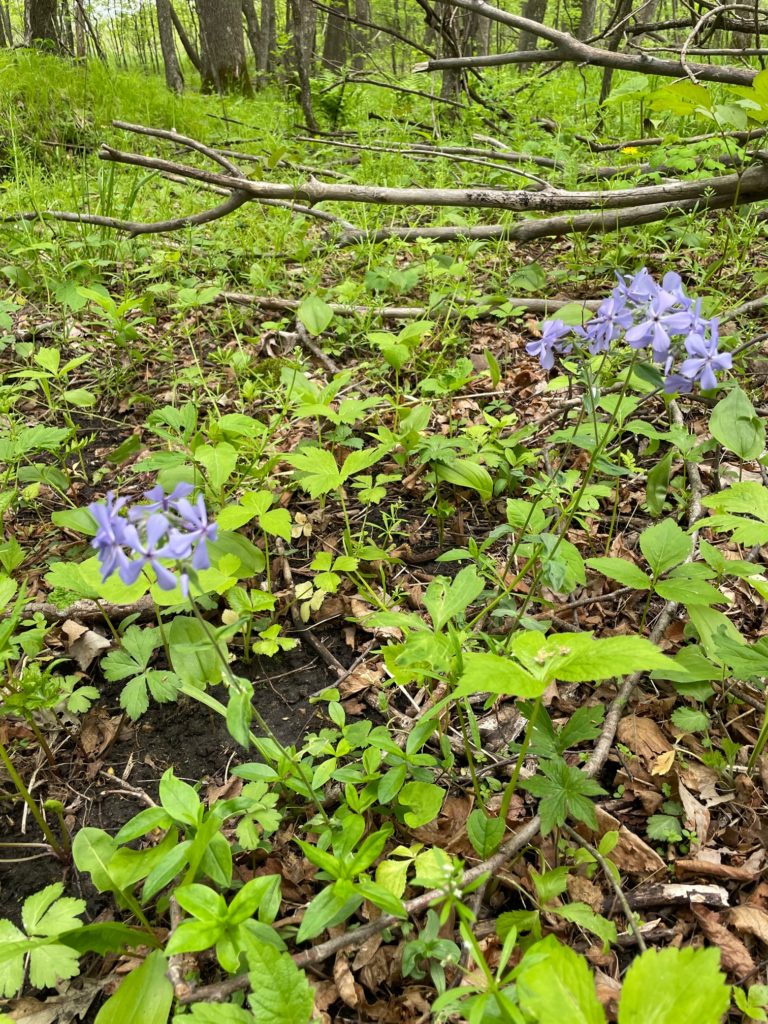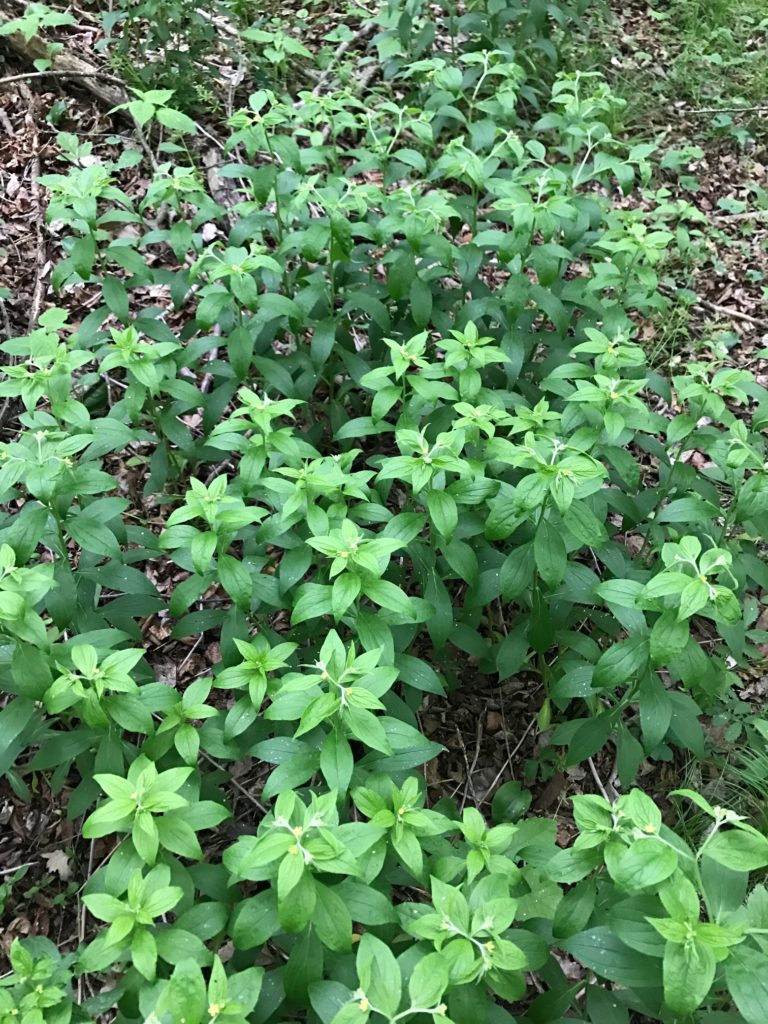Native To State: YES
Naturally Occurring: YES
Description
Appearance: Polygala senega is a herbaceous perennial known for its slender stems and spikes of small, white to greenish-white flowers.
Leaves: The leaves are alternate, narrow, and often have a single, wing-like appendage.
Flowers: The plant produces spikes of small, white to greenish-white, pea-like flowers.
Habitat: It is commonly found in open woods, meadows, and along roadsides.
Distribution: Seneca snakeroot is native to North America.
Occurrence
Found in prairie section





















